The Three Forehand Finishes
By Robert Lansdorp
TennisPlayer.net
Over the years, I've tried to learn from the players as well as teach them. I've tried to understand how the game has changed, and my teaching has changed to reflect that.
| The three forehand finishes of the modern pro game: the out-front finish, downward finish and reverse. |
I have always believed in teaching players to hit through the ball. And I still do. The follow-through is what determines how the ball comes off the racket and therefore the pace and the spin. That's why I've always paid attention to how the player finishes the stroke.
The game of tennis is always changing and the players are always finding new ways to improve their shots. It used to be that having one forehand finish was probably enough, but to be a complete player in today's pro game you need to develop and perfect what I call the three main finishes.
The Out-Front Finish
I never studied how to hit the tennis ball when I started teaching. I took my own strokes as an example. I remember as a 16-year-old working hard on stretching my body out and always bringing the arm straight out on my backhand. Then when I started teaching, I just applied the same thing to my forehand.
I taught that straight out finish from day one, starting in 1967. I taught everybody the same way, with the follow-through out front. I taught it on the forward and backhand. When the two-handed backhand began to dominate, I taught the follow-through the same way, as a left-handed forehand. The racket just went straight out. There was no turn of the racket head. It worked tremendously well.
Tracy Austin in her day, all 104 pounds of her, hit the ball harder than Chris Evert. The ball came off her racket probably the cleanest of any of the women, and therefore had the most pace. Tracy took to it immediately. There wasn't a lot of struggling. It was just very simple. That finish was the most perfect way to learn to hit through the ball, and to hit the ball perfectly cleanly.
| Even at the age of 10, Pete Sampras demonstrated a mastery of the classic out-front finish. |
I trained Pete Sampras and Lindsay Davenport the same way. Nobody could convince me not to have my players extend straight up front. There was no doubt in my mind. You can see exactly how well it works in the video I took of Pete Sampras, at age ten, in 1981.
When you have players leave the racket out in front, it might look a little stiff. But you have to understand this is a teaching exercise. When it's learned correctly, it doesn't look stiff in actual play. In matches, there'll be a little flex at the end and the arms will look relaxed.
The game has changed since I developed that out-front finish, and the big difference is in the grips. In the years when I was teaching Tracy and Pete and Lindsay--and a lot of other players who made the top 30 and higher--the grips were far more conservative. The continental was on its way out, but it was still around. Believe it or not, the eastern grip was probably the most extreme grip, or maybe a grip that slid a little further underneath, but not much. With those grips the exercise of holding the racket out front was perfect.
I still teach that same finish to anybody and everybody. I do it especially with kids. I have them hit and leave it up front. But because of the grips, I'm a little bit more lenient about exactly where the racket finishes. The racket might turn a little bit because of the grip, and the face of the racket might turn over a little and point a little bit to the ground.
I'm not fanatical about the racket being straight up and down; when players do that it doesn't really look right with the modern grips. So I'll let them turn it over a little. But I still want to see if they still can hit through the ball, and if they can control the wrist coming through the ball.
1 | 2 | 3 | next >For more in-depth analysis and videos of the world's top players, visit TennisPlayer.net.



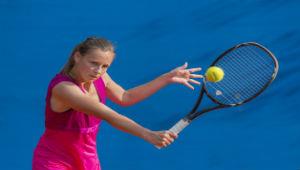
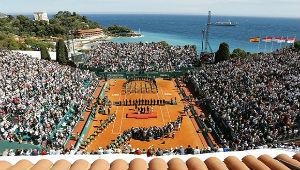
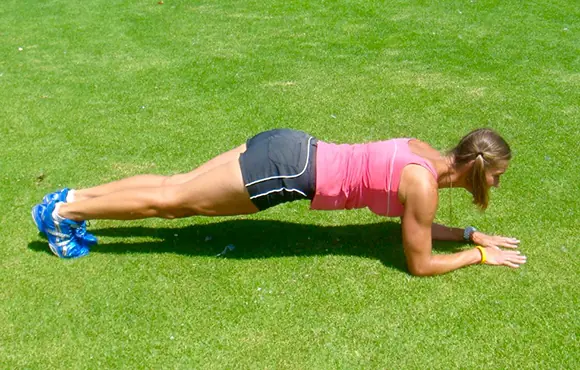
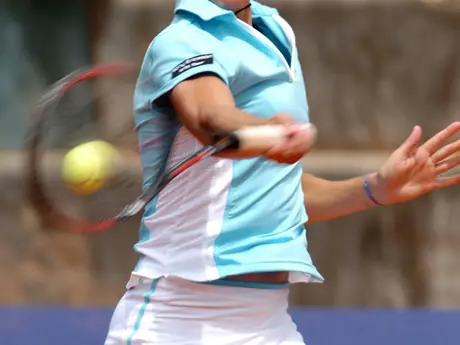
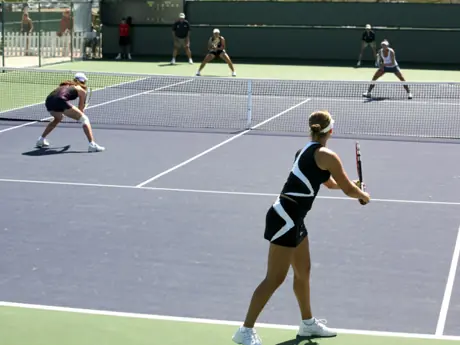
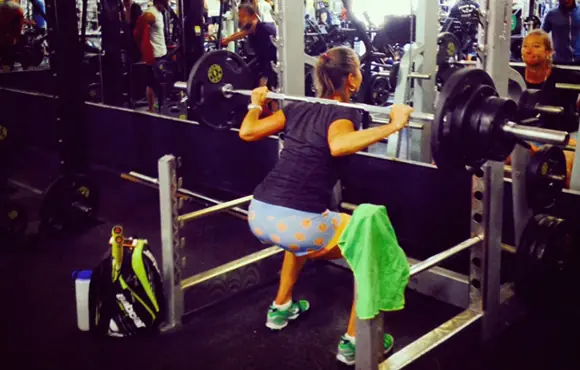

Discuss This Article